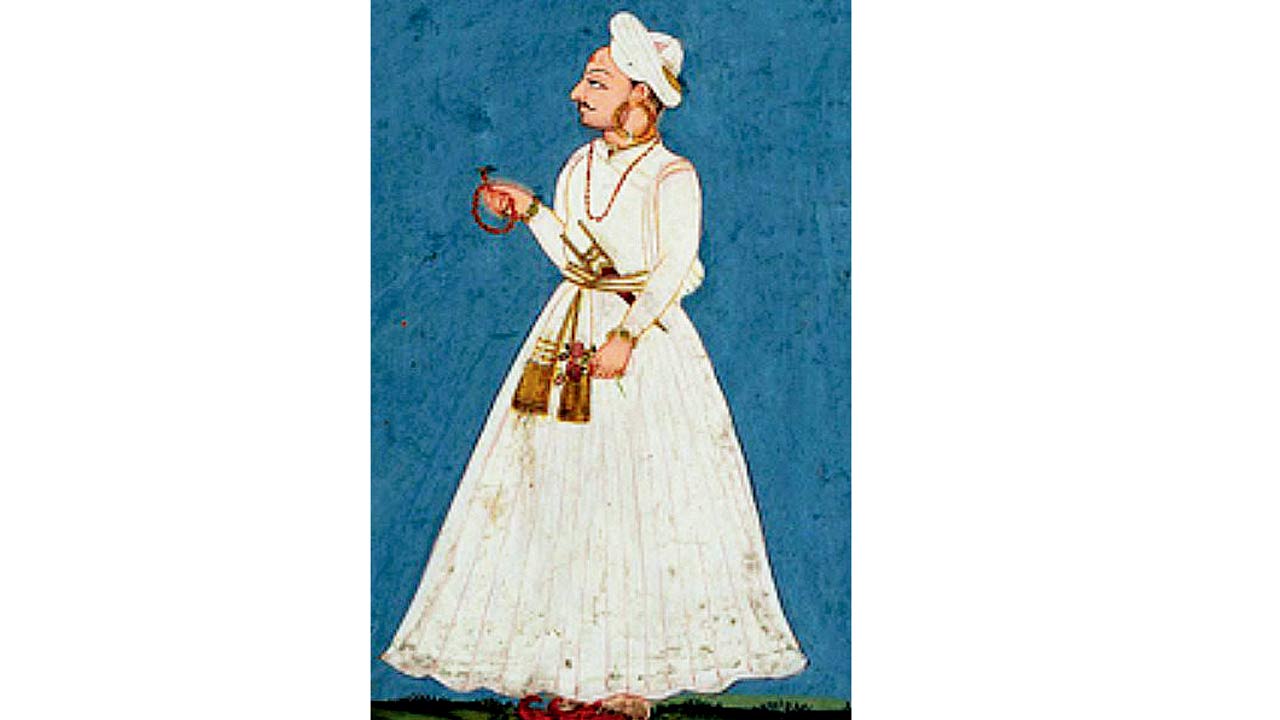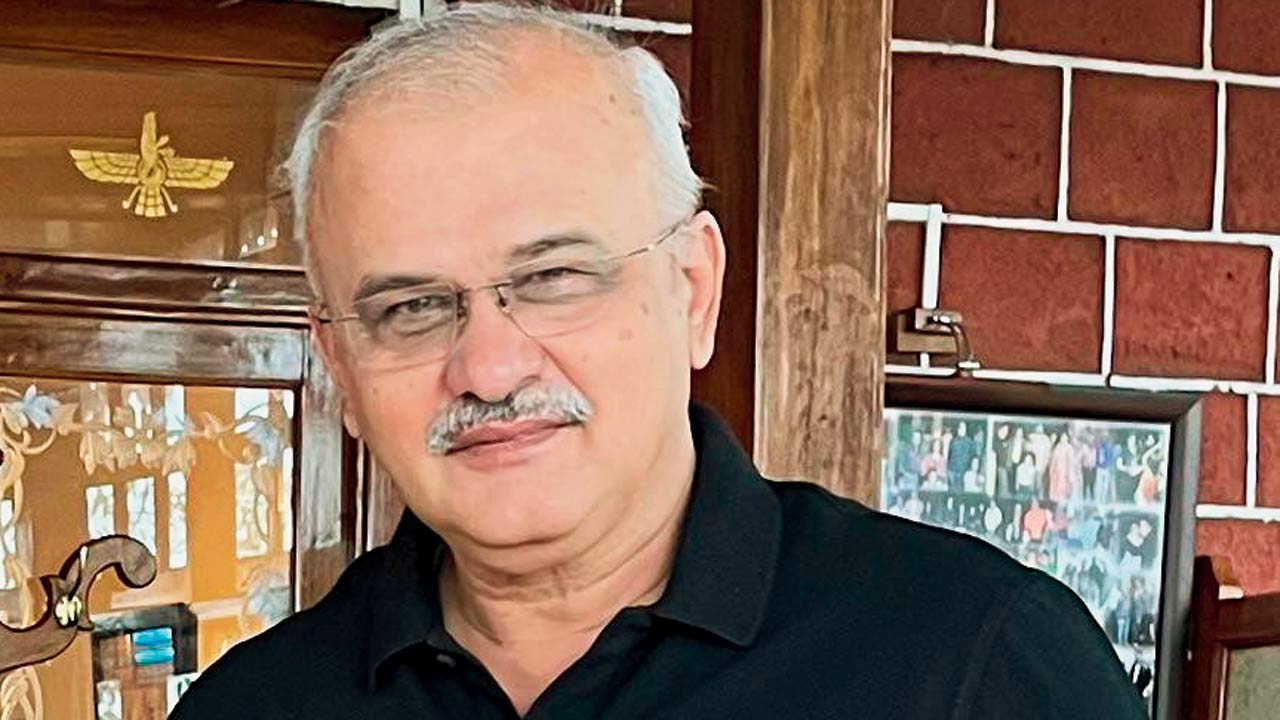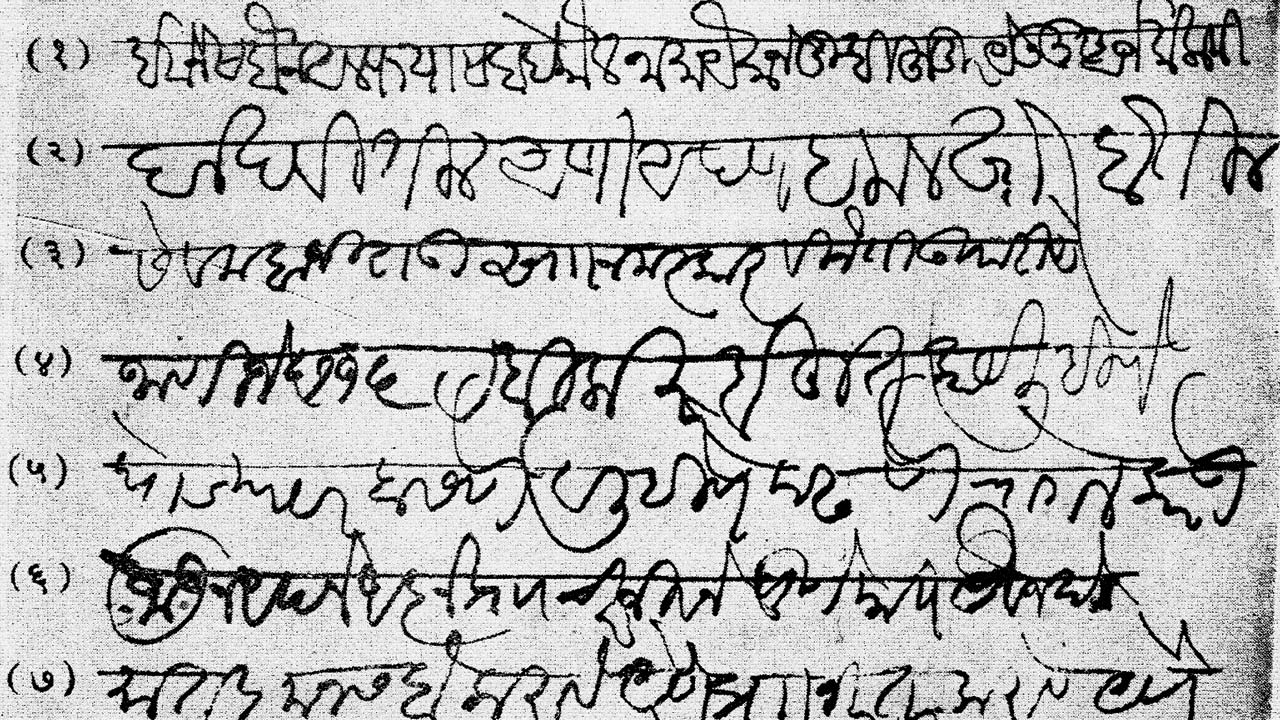Mark your calendar for a session that promises to take the audience back in time to a defining moment in the annals of 18th Century Maratha history

An artwork by MV Dhurandhar depicting the murder of Narayan Rao. Pics Courtesy/Dr Uday Kulkarni
With popular anecdotes in Maratha history like “Dh cha Ma” or “Attock se Cuttack tak,” have you ever wondered about the stories behind the Maratha victories and eventual decline? The Mumbai Research Centre of the Asiatic Society of Mumbai is hosting a lecture with Dr Uday Kulkarni on his latest book, Raghoba: The Assassination of Narayan Rao Peshwa (Mula Mutha Publishers), as part of their Bombay Booked series, which features book discussions focused on Bombay, the Bombay Presidency, and Maharashtra.
ADVERTISEMENT
Dr Kulkarni’s book delves into the pivotal 22-month-interregnum that determined the course of Maratha history in the 18th Century and beyond, when the political landscape swerved from peace and stability to war and uncertainty. The session will be chaired by Narendra Murkumbi, founder of Murkumbi Itihas Upakram, who has published several books on history.
 A painting of Ragunath Rao. Pic Courtesy/Wikimedia Commons
A painting of Ragunath Rao. Pic Courtesy/Wikimedia Commons
The Maratha Empire, founded by Chhatrapati Shivaji, was initially driven by a nationalist vision. However, personal ambitions eventually began to interfere. Raghunath Rao or Raghoba, emerged as a key figure in 18th Century Maratha history. After costly debt-ridden campaigns to Attock, Indus and beyond, and the 1761 defeat at Panipat, Raghoba hoped to assert control, but his nephew Madhavrao asserted himself as Peshwa. Following Madhavrao’s death, Raghoba aimed to control the new Peshwa, his younger nephew Narayan Rao. The Maratha polity, already fractured with internal disputes, grew more divided as Narayan Rao’s decisions antagonised certain factions, fueling a plot to replace him. Raghoba’s ambitions led to deeper political chaos, with chiefs turning against him ultimately leading to his removal by a coup. The neighbouring powers exploited the unrest, with the British in Bombay seizing Salsette, and later backing Raghoba’s bid to reclaim power.
Edited excerpts from the interview
Can you share insights on the central events and themes of your book?
Dr Uday Kulkarni: The assassination of Narayan Rao is the central event of the book. It covers the crucial nine months after Madhavrao’s death, the reaction of the Ministerial party (Barbhai), and the English exploiting the situation for their gain. The book sheds light on the intense infighting, factionalism, and dynastic conflicts within the Maratha Empire. These issues reveal insights from the event that remain relevant even today.
 Dr Uday Kulkarni
Dr Uday Kulkarni
What is the historical significance and reader takeaway from it?
The book presents a detailed micro-history built into a bigger story. Readers will gain a blow-by-blow account of actions of those involved, their motivations and how the events unfolded, and the cookie crumbled. The book draws from original and contemporary sources, including previously unpublished materials such as a 1796 map of Shaniwar Wada, a contemporary narrative of the event, and details of the counter-strike by the ministers, and the reclaiming of the seat of Maratha power.
 A section from the first page of the bakhar (account) on Narayan Rao Peshwa’s assassination that was used as a source for Kulkarni’s book
A section from the first page of the bakhar (account) on Narayan Rao Peshwa’s assassination that was used as a source for Kulkarni’s book
For readers unfamiliar with this period in Maratha history, how do you hope this book will change their perspective?
My books focus on the 18th Century, and I try to build a chronological narrative in English, as there is limited material on this period. I wanted to present the facts with the help of authentic contemporary sources and set the record straight through this book. It offers a unique incident of Maratha history and highlights the only political assassination recorded through micro-history. I aim to present facts that allow readers to form their own conclusions. Historically, British narratives have often overlooked Maratha power, or biased credit to their own figures. I believe that as more people read accounts like these, they will understand the true narrative of Maratha history.
ON November 11; 5 pm onwards (talk), 4.30 pm (tea)
AT The Durbar Hall, The Asiatic Society of India, Fort.
LOG ON TO @asiaticsocietymumbai
FREE
 Subscribe today by clicking the link and stay updated with the latest news!" Click here!
Subscribe today by clicking the link and stay updated with the latest news!" Click here!







